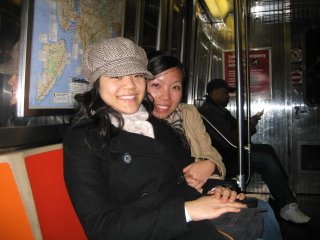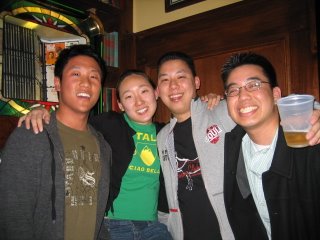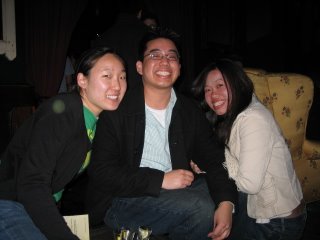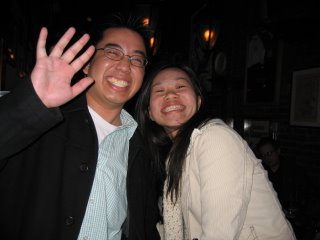 Welcome to New York City's legendary Strand Book Store.
Welcome to New York City's legendary Strand Book Store. In 1927 Benjamin Bass opened Strand Book Store on 4th Avenue, New York's famous Book Row of America. Named after the famous publishing street in London and an old literary magazine, Strand Book Store has long been known for remarkable deals on great books.
Ben's son Fred began working in his father's store when he was ten years old. After a tour of duty in the Armed Forces, Fred returned to the family business and took over its management in 1956. Soon after, he moved it to its current location at the corner of Broadway and Twelfth Street. When Mr. Bass moved the store to its Broadway site he rented 4,000 square feet of the building. Now, four and a half decades later, he owns the building with Strand taking up five of the eleven floors, and a second store on Fulton Street in New York City's financial district.
Strand Book Store remains a fiercely independent family business. Fred's daughter Nancy represents a new generation of bookselling, bringing the Strand Book Store and its 200 plus employees into a new era.
Take a look around. Strandbooks.com has all of the great deals thousands of people come to Strand Book Store to find everyday. Find a book with our Search, browse our shelves for that elusive title, or buy a gift card to be mailed or emailed to someone today. If you want to keep shopping offline, join our mailing list.
We offer thousands of new titles at 50% off the cover price as well as a wide variety of "front list" books ordered directly from the publisher and obtainable at 20% or more off the cover price.
Strand buys thousands of books every day; our stock is continually changing. If we are out of stock on the title that you are looking for today, it may turn up soon. Place an order for it and we will let you know as soon as it arrives. You can use our new arrivals sort feature to keep up to date on the volumes constantly being added to our shelves.
We also feature the largest rare book collection in New York City, containing first and signed editions of many modern books, a large assortment of hard-to-find art and photography books, and collectibles in every field. Chances are you'll find what you're looking for, at a price that can't be beat.
We offer special services to libraries, universities and other institutions. Contact us directly, or call 212-473-1452 and we will tailor a custom account that matches your library's needs. And, as always, librarians are encouraged to stop by the store to personally select from our inventory.
For the interior decorator or set designer, we suggest buying or renting books by the foot. Give us your specifications and we'll select just the right thing to fill your shelf, all priced by the linear foot.
If you're in the New York area, drop by one of our stores. See the famous 18 miles of books and find the book you've been looking for.
thank you benjamin bass!
reading list:
finish Mere Christianity by C.S. Lewis
finish A Wild Sheep Chase by Haruki Murakami
finish The Unbearable Lightness of Being by Milan Kundera
then move onto...
The Fountainhead by Ayn Rand
The Chronicles of Narnia by C.S. Lewis
Guns, Germs, and Steel by Jared Diamond
Marley & Me by John Grogan
and if i can pick my way through it...
Paradise Lost by John Milton









